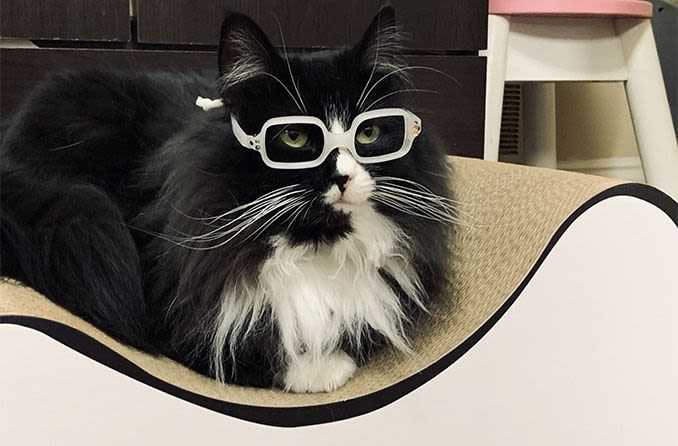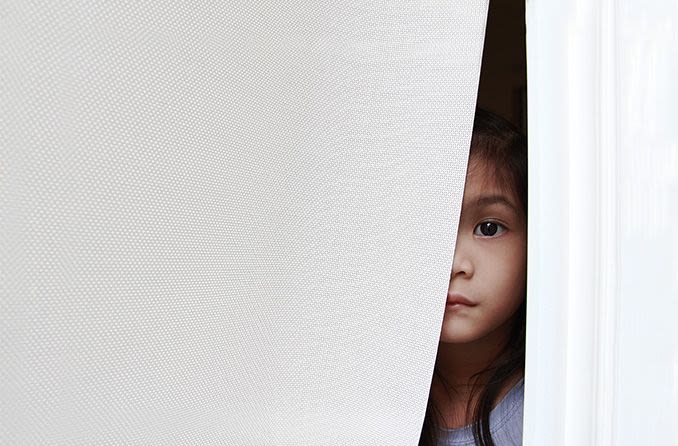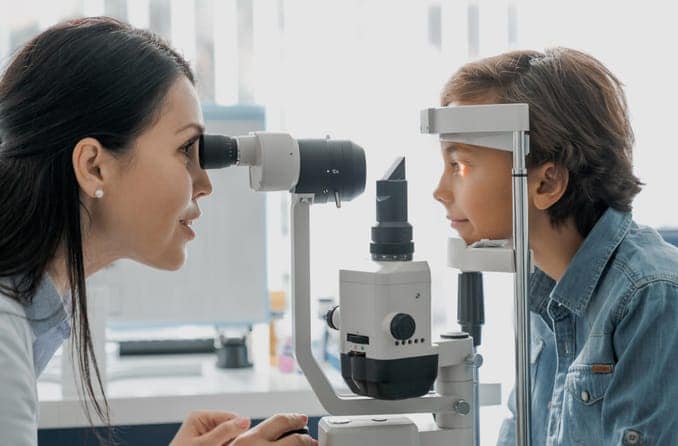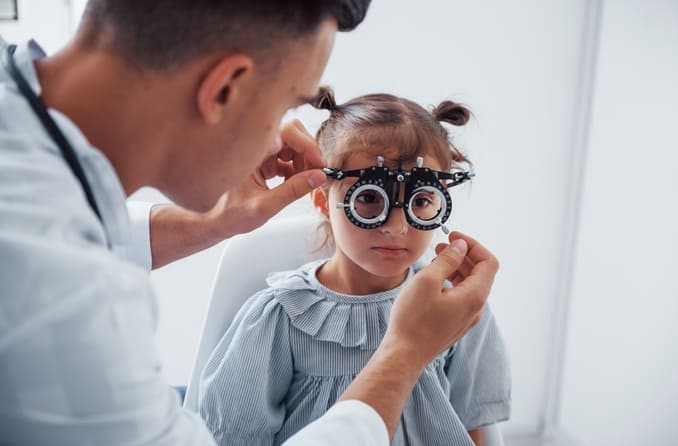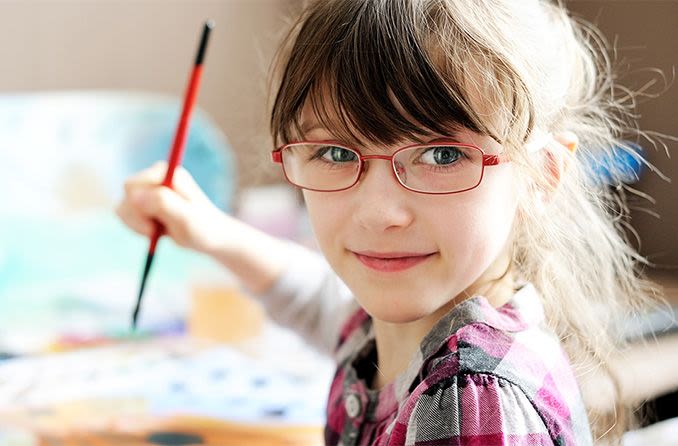Why early detection of vision problems matters
It’s a common misconception that you only experience vision problems when you’re “older”. While awareness of the importance of children’s eye health is growing, there’s more work to be done. Up to one in four children may have a vision issue, some of which go undiagnosed.
Eyesight influences several important development areas in children, including:
- Social confidence – The ability to interact comfortably and build relationships with peers
- Physical growth – The development of motor skills and coordination, like running or catching
- Cognitive maturation – The growth of thinking skills, such as problem-solving and reading comprehension
Having untreated vision problems also impairs a child’s ability to learn effectively. Poor vision can hinder their interest in learning and affect their academic performance. Ultimately, this can shape the child’s future and affect them into adulthood.
Identifying and correcting eye problems in children can set them up for success now and in the future.
Signs your child may have a vision problem
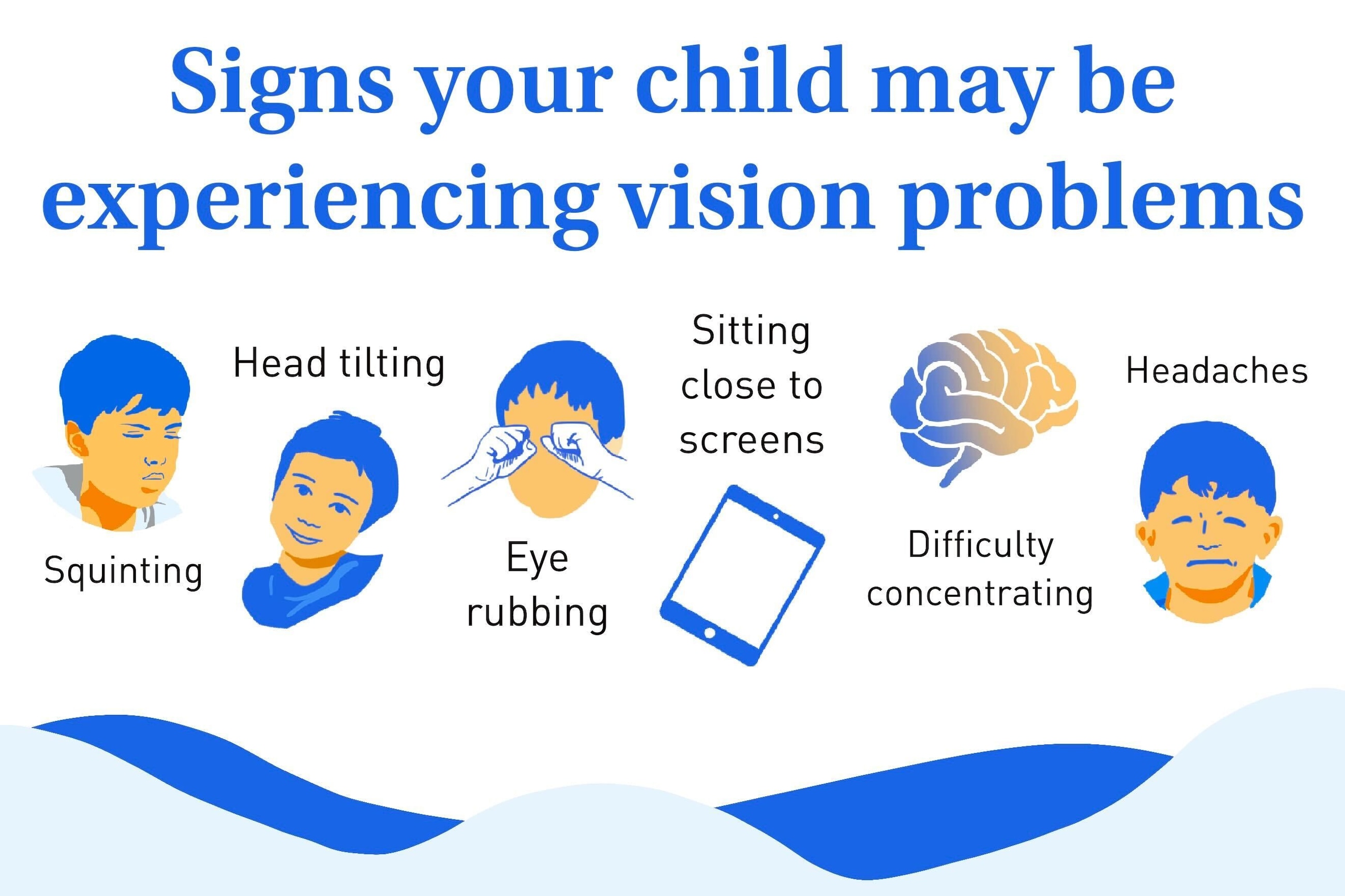
Many children with blurry vision don’t realize something is wrong, especially if they’ve always had it. For this reason, parents, teachers or guardians need to recognize symptoms of childhood eye problems. These symptoms may include:
Behavioral clues, such as:
- Eye squinting or straining
- Eye rubbing
- Head tilting when reading or viewing certain objects
- Sitting extra close to the TV when watching
- Closing one eye when trying to focus
Physical symptoms, including:
- Blurred vision
- Eye pain or soreness
- Diplopia (double vision)
- Headaches
- Tired eyes
Academic struggles, such as:
- Difficulty keeping their place when reading
- Avoiding schoolwork or reading
- Attention problems
- Difficulty focusing in class
- Poor penmanship
School vision screenings alone may not detect these symptoms. This is why regular comprehensive eye exams are so important for children. Early detection and treatment can put kids on the right track to clear and comfortable vision. If they can see what they’re supposed to learn, they’re more likely to achieve academic success.
Childhood refractive errors: Nearsightedness, farsightedness and astigmatism
Refractive errors are caused by the natural shape of the eye changing the way light hits the retina inside the eye. These conditions are the most common seen in children and adults.
Fortunately, they are some of the easiest vision problems to correct and manage. In most cases, they can be remedied with a pair of prescription glasses or contact lenses.
Myopia (nearsightedness)
A nearsighted child sees close-up objects more clearly than distant objects, which appear blurry. This happens when the shape of the eye is slightly longer, from front to back, than average.
Myopia is the most common refractive error globally, affecting around 23% of the population. Researchers estimate that nearly 50% of the global population could be affected by myopia by 2050.
Hyperopia (farsightedness)
A farsighted child sees distant objects more clearly than near objects, which look more fuzzy. This occurs when the distance from the front of the eye to the back is slightly shorter than average.
Many times, childhood hyperopia improves on its own as the child grows. This is because the eyeballs grow like other body parts during childhood development. But if hyperopia doesn’t improve naturally, an eye doctor can prescribe glasses to correct it.
Astigmatism
A child with astigmatism will have problems seeing both near and far objects. This is due to a slightly misshapen cornea (the clear layer in front of the pupil).
Astigmatism levels are usually different in each eye. In these cases, glasses or contact lens prescriptions will also be different for each eye. Astigmatism can be present alongside myopia or hyperopia.
Strabismus (crossed eyes)
Strabismus is a condition where one eye doesn’t align correctly with a child’s line of vision. It is usually treated with corrective lenses or surgery.
Experts estimate that around 4% of the U.S. population has some form of strabismus.
In the four main types of strabismus, one eye appears to have normal alignment while the other is misaligned:
- Esotropia – One eye points inward, toward the nose.
- Exotropia – One eye points outward, toward the ear.
- Hypotropia – One eye points downward, toward the mouth.
- Hypertropia – One eye points upward, toward the forehead.
There are multiple forms of each of the four main strabismus classifications. They each have varying causes, symptoms and treatments.
The most common form of strabismus is intermittent exotropia. People with intermittent exotropia have an eye that occasionally wanders outward while the other focuses on an object.
Intermittent exotropia is usually treated with glasses, and in some cases, strabismus surgery may be recommended. Your eye doctor may also recommend “patching.” This is where a child wears a patch over their strong eye, so they must rely on their weaker eye. Over time, the “bad” eye will get stronger.
Amblyopia (lazy eye)
Often called lazy eye, amblyopia is an issue with the way the brain processes images from the eyes. It can be the secondary result of a physical problem, such as a congenital cataract.
Most cases of amblyopia can be categorized into three types:
- Refractive amblyopia – Poor visual input is caused by an uncorrected refractive error.
- Strabismic amblyopia – Blurry vision results from eye misalignment.
- Deprivation amblyopia – Poor vision is due to eyesight obstruction from a cataract or droopy eyelid (ptosis).
All types can cause one eye to become more difficult to use. When vision in one eye is weaker than the other, the brain starts to favor the stronger eye. It gradually learns to ignore visual information coming from the weaker eye, resulting in amblyopia over time.
Amblyopia is often treated with an eye patch over the dominant eye, which forces the brain to utilize the weaker eye. Eye drops may also be used.
Vision correction methods like glasses or contact lenses aren’t usually effective since the problem is neurological and not physical. However, glasses may improve cases of refractive amblyopia because an uncorrected refractive error is the underlying cause.
Early treatment is key to assuring the best outcome for this disorder. Amblyopia is harder to treat in children older than 10. By this age, they’re used to favoring one eye. This makes it more difficult to reverse the way their brain processes visual information.
SEE RELATED: Are nearsightedness and lazy eye the same thing?
Other common childhood eye conditions
In addition to refractive errors and eye teaming issues, there are other childhood vision problems eye doctors see frequently. These include:
Color blindness
There are two primary kinds of color blindness, also called color vision deficiency:
- Red-green
- Blue-yellow
Both types of color blindness come in multiple forms. The most common form is deuteranomaly. It is a kind of red-green color blindness that causes green colors to appear more red.
Males are significantly more likely to be red-green colorblind than females. Red-green color vision deficiency affects about 1 in every 12 males, but only 1 in 200 females. Blue-yellow color vision deficiency is much rarer — one in every 10,000 people — and shows up equally across both genders.
In very rare cases, a person can be completely colorblind. This is called monochromacy.
Convergence insufficiency
Convergence insufficiency (CI) occurs when the eyes can’t focus properly on near objects. When a child tries to focus on something close to their eyes, one eye will turn slightly outward instead of inward.
Between 2% and 13% of children and young adults up to age 19 have some level of convergence insufficiency. Around one in six people over age 19 is affected by CI.
Children with CI tend to show the most discomfort with near-distance activities like using a tablet or reading a book. This can lead to disinterest in reading and difficulty concentrating. These symptoms of convergence insufficiency can resemble those of ADHD or learning disabilities, potentially leading to misdiagnosis.
LEARN MORE: Can vision problems be misdiagnosed as ADHD?
How to support your child’s eye health

Just as children need advocates for their overall health, they also need support for their eye health. Below are some ways you can ensure your child’s vision is clear and their eyes are in optimal condition.
Regular eye exams
Having your child’s eyes examined regularly will make sure they’re seeing their best. It also enables the eye doctor to establish your child’s “normal” and quickly detect if there are any changes between visits.
Experts recommend that a child have their first eye exam between 6 and 12 months old. If everything looks normal, another eye exam should be done between the ages of 3 and 5. Children should have another eye exam before they start school, and every year from then on.
During a pediatric eye exam, the pediatric optometrist or ophthalmologist will take a thorough history of your child. They may ask if there are things you’ve noticed that they should be aware of.
Once the history is collected, the pediatric eye doctor will perform several tests to assess the health and function of each eye. These tests are specially designed for babies and children who are not old enough to read an eye chart or verbalize what they see. Through these tests, pediatric optometrists and ophthalmologists check:
- Intraocular (eye) pressure
- How well the eyes work together
- The pupils’ reaction to light exposure
Eye dilation is possible during a pediatric eye exam. Special eye drops cause the pupils to dilate (get bigger), which allows the eye doctor to assess:
- The health of the eye’s crystalline lens, retina and optic nerve
- Whether refractive errors are present
- If both eyes focus equally
Your eye doctor will go over test results with you and determine whether your child needs any correction or treatment. If they notice something during the exam, they may suggest follow-up appointments for further evaluation.
Lifestyle adjustments
Help your child form good habits from an early age. To ensure lifelong well-being and eye health, encourage them to:
- Limit screen use – Have your child practice the 20-20-20 rule. Every 20 minutes of screen time, have them focus on something approximately 20 feet away for 20 seconds.
- Spend time outdoors – Encourage your child to put down the tablet and play outside. Doing so can help lower their risk of myopia.
- Protect their eyes – Have your child wear UV-protective sunglasses when outdoors. During sports or other activities, safeguard their eyes with protective eyewear.
- Eat eye-healthy foods – Provide vitamin-rich foods, like fruits, leafy greens and fish.
- Get proper sleep – Sleep allows our bodies, minds and eyes to recover from the day. A good night’s rest will ensure your child’s eyes are top-notch when they wake.
Corrective treatments
If your child is diagnosed with an eye or vision condition, it’s important to follow through with treatment or correction.
Refractive errors can typically be corrected with prescription glasses or contact lenses. There are plenty of frame colors and styles to cater to every preference, so your kid will want to wear them.
Your optician will likely recommend Trivex or polycarbonate lenses to go with the frames. These lightweight, impact-resistant lenses have extra durability to withstand your child’s adventures.
For conditions like amblyopia and strabismus, your child’s doctor may recommend vision therapy. This is a custom program to help a patient develop their visual skills using:
- Special lenses
- Prisms
- Balancing boards
- Eye patches
- Other special tools for in-therapy activities
It’s important to stick with whatever treatment your pediatric eye doctor prescribes. Whether it’s encouraging your child to take their drops or wear their patch, it’s important to stay consistent. Doing so will render better results for your child, providing them with clear, comfortable vision.
READ NEXT: Will my child’s eyesight get worse if they don't wear prescription glasses?

